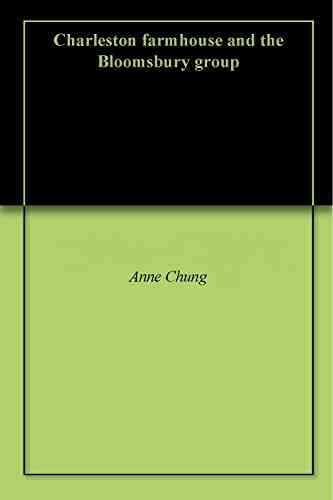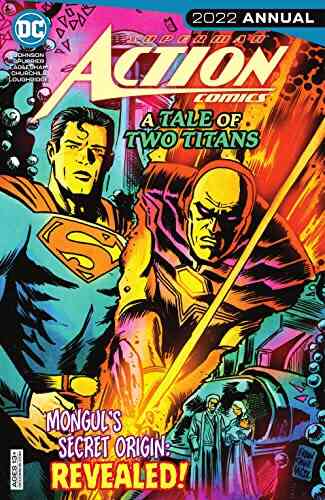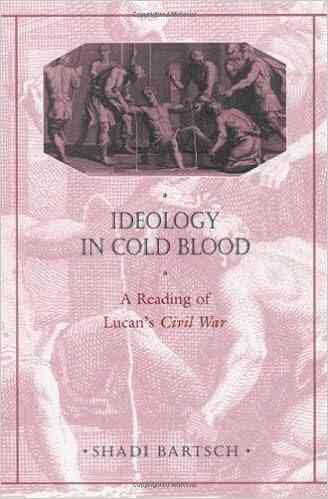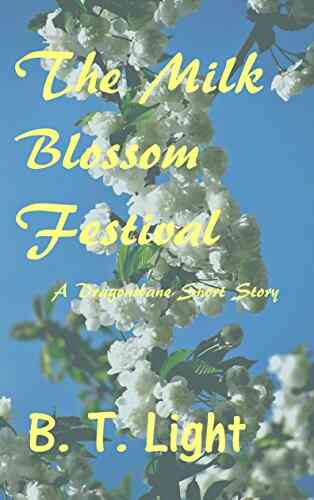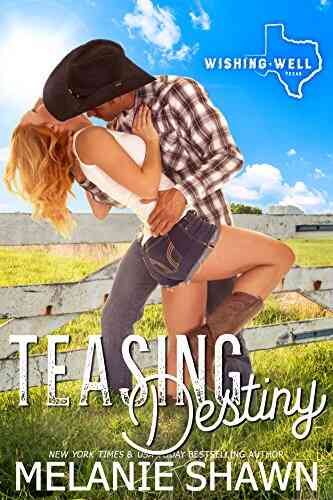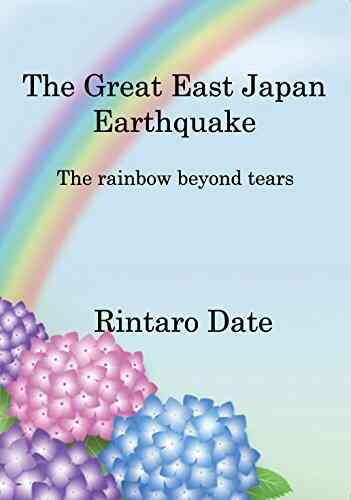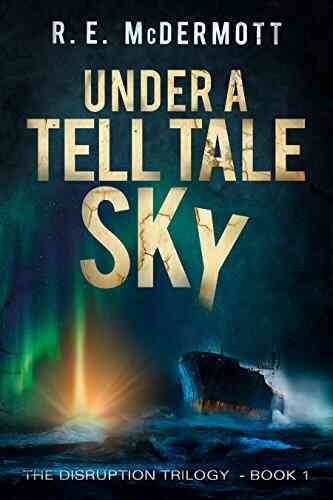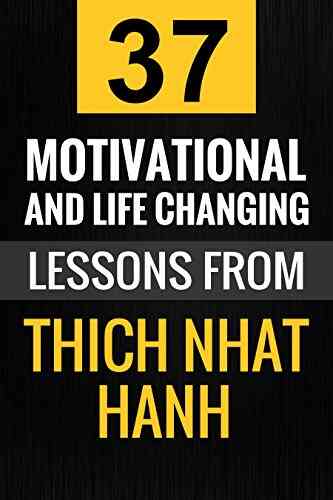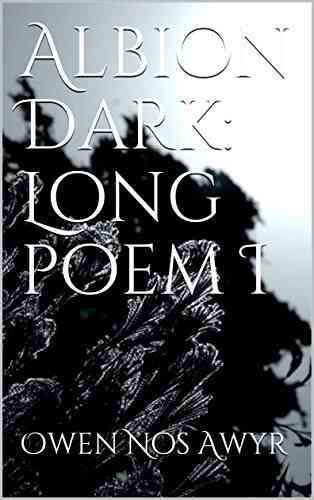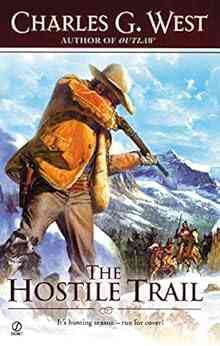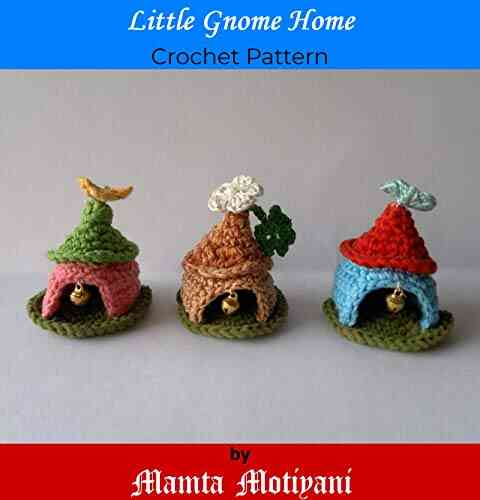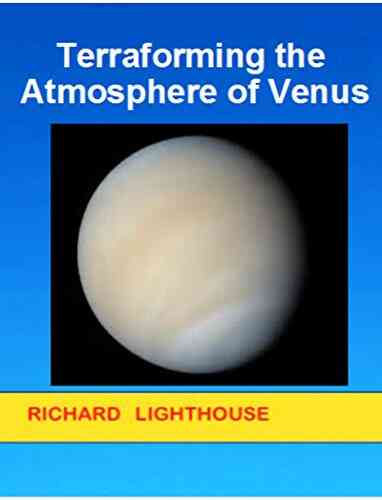The Bloomsbury Group, an influential circle of artists, writers, and intellectuals, left an indelible mark on 20th-century British culture. At the heart of their artistic endeavors stood Charleston Farmhouse, an enchanting country retreat located in the picturesque village of Firle, East Sussex. This article delves into the captivating history of Charleston Farmhouse and how it became the spiritual home of the Bloomsbury Group.
Origins and Early Days
Charleston Farmhouse dates back to the late 16th century when it was originally a modest farmhouse. However, in 1916, it was transformed into a haven for artistic creativity by two influential painters: Vanessa Bell and Duncan Grant. Bell was the sister of Virginia Woolf, the famed modernist writer, and Grant was a close friend and collaborator. Together, they turned Charleston into an eclectic and vibrant sanctuary, adorned with their imaginative artwork and bohemian decor.
A Gathering Place for Eccentric Minds
Charleston Farmhouse quickly evolved into a hub for free-spirited thinkers, attracting some of the most brilliant minds of the time. The Bloomsbury Group, whose members included Leonard Woolf, Clive Bell, John Maynard Keynes, and Roger Fry, frequently gathered at Charleston to discuss art, literature, and social issues. These intellectual exchanges often sparked groundbreaking ideas and propelled the group's non-conformist ethos.
5 out of 5
| Language | : | English |
| File size | : | 581 KB |
| Text-to-Speech | : | Enabled |
| Enhanced typesetting | : | Enabled |
| Word Wise | : | Enabled |
| Print length | : | 10 pages |
| Lending | : | Enabled |
| Screen Reader | : | Supported |
The Bloomsbury Style
At Charleston, the prominent artists of the Bloomsbury Group embraced a distinctive style that defied traditional conventions. Their love for bold color palettes, intricate patterns, and experimental forms created an artistic movement known as the "Bloomsbury Style." This unique aesthetic influenced not only paintings but also textiles, furniture, and gardens, leaving a lasting impact on the broader field of design.
Virginia Woolf's Literary Haven
Charleston Farmhouse held a special significance for the renowned writer Virginia Woolf. It served as her sanctuary, where she could escape the demands of the outside world and immerse herself in the artistry of her fellow Bloomsbury creatives. It is said that the house itself inspired many of her literary works, particularly in capturing the essence of intimate relationships and the complexities of the human psyche. Some of her most iconic novels, such as "To the Lighthouse" and "Mrs. Dalloway," were composed within the inspiring walls of Charleston.
The Inspiration Lives On
Even after the decline of the Bloomsbury Group, Charleston Farmhouse continued to inspire generations of artists and thinkers. It remained a treasured haven for creativity, hosting exhibitions, performances, and artistic collaborations. Today, the Charleston Trust preserves and sustains the farmhouse, ensuring that its rich heritage and artistic legacy endure for future generations to enjoy.
Charleston Farmhouse encapsulates the spirit of the Bloomsbury Group, offering a window into the innovative ideas and unconventional lifestyles that defined this remarkable collective of artists, writers, and thinkers. The house stands as a testament to their enduring influence and serves as a source of inspiration for all those who appreciate the power of creativity and free expression.



